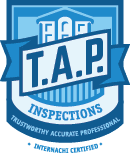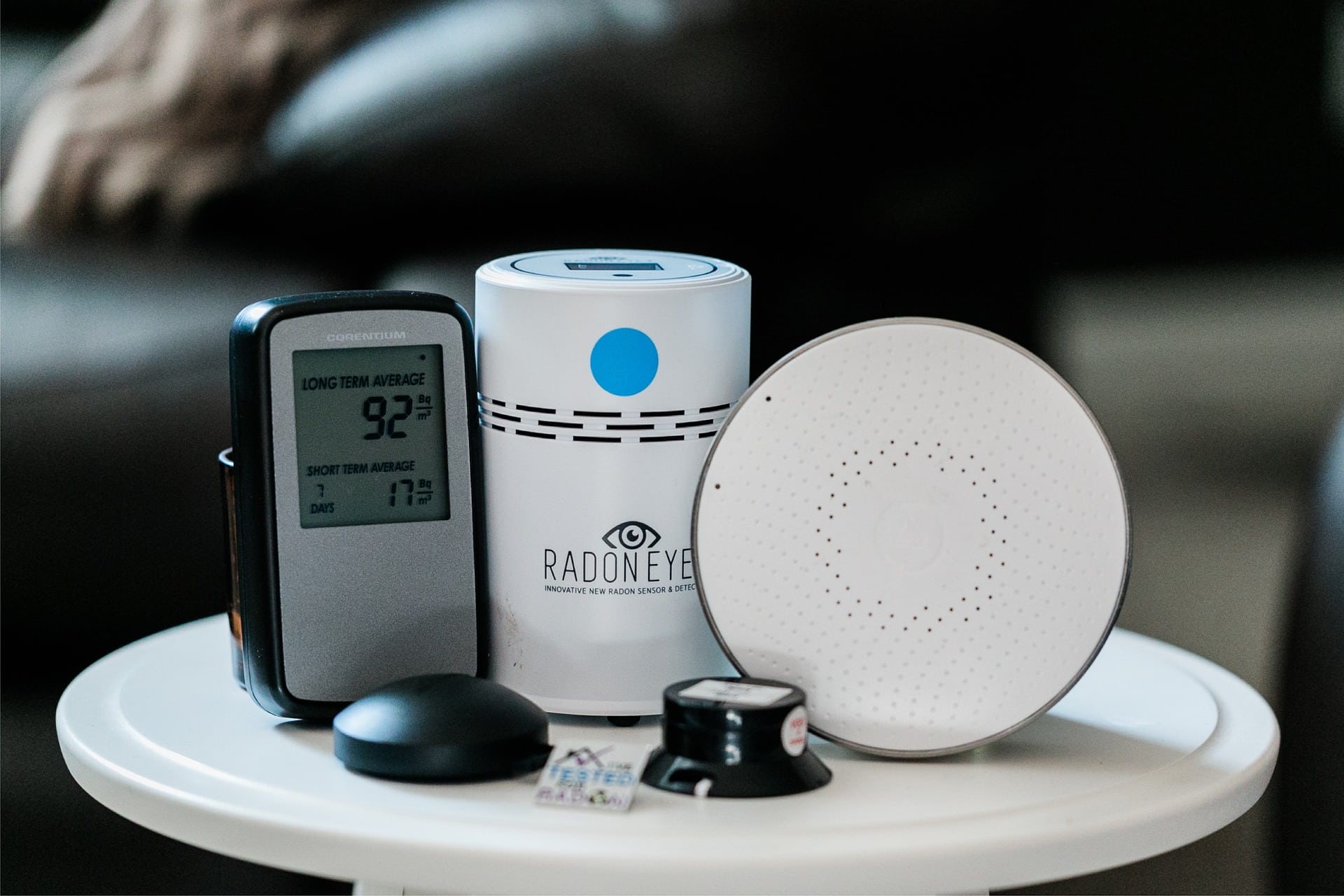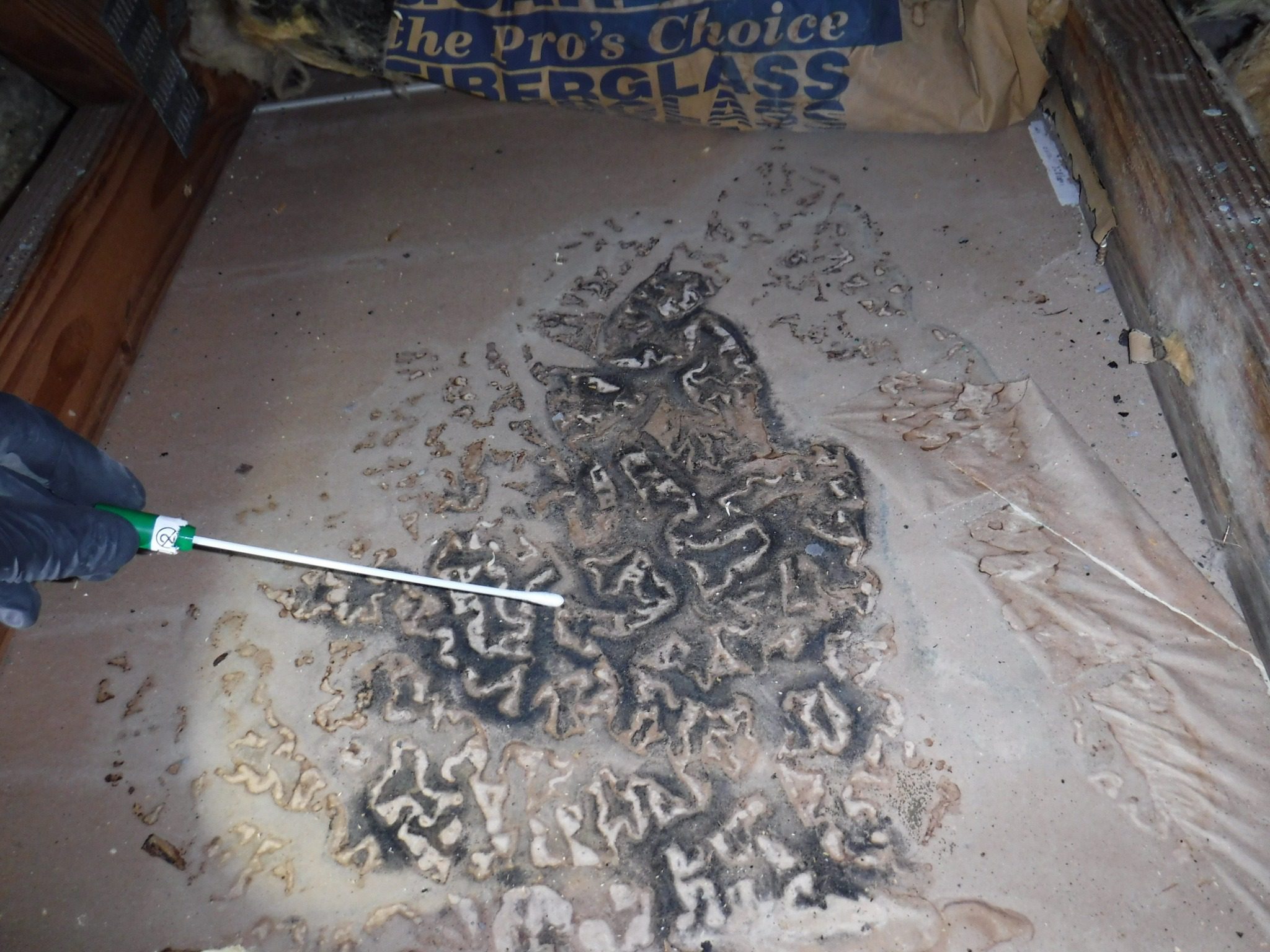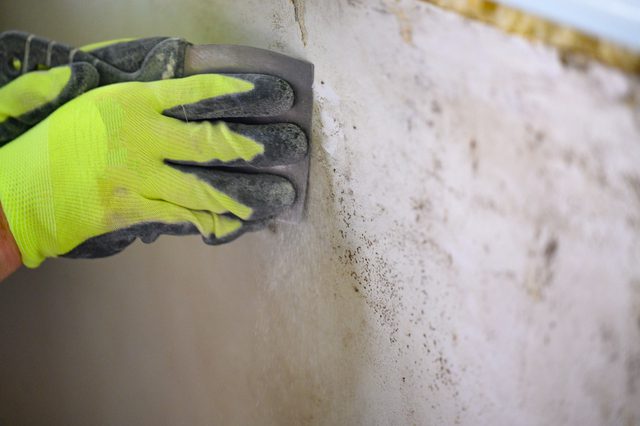The Dangers of Radon and Why You Need to Be Aware
Radon gas is a radioactive, odorless, and colorless gas that poses a serious health risk to those who are exposed to it. Radon can seep into your home through cracks in the foundation, walls, or floors and can accumulate in dangerous levels.
According to the Environmental Protection Agency (EPA), radon is the second leading cause of lung cancer in the United States after smoking. This silent killer is responsible for over 20,000 deaths every year.
The Importance of Being Aware of Radon in Your Home
The fact that Radon is invisible makes it even more dangerous as most people are not aware that they have high levels of radon in their homes until it’s too late. It’s essential to test your home for radon levels regularly, and if detected at dangerous levels, take immediate action to reduce exposure.
The potential dangers of radon exposure should not be taken lightly as it can cause cancer even if you’ve never smoked a cigarette or been around secondhand smoke. Radon is a naturally occurring gas that can become concentrated indoors.
It’s formed by the breakdown of uranium found naturally in soil and rocks beneath our homes. When radon gas enters through cracks and gaps into enclosed spaces like homes or offices, it gets trapped inside where it accumulates over time.
The alarming truth is that no home is safe from radon gas; high levels have been found in both old and new houses across every state within the USA. A comprehensive approach should be embraced by all homeowners to eradicate this silent killer from our lives – testing regularly for its presence within our homes followed by implementation of mitigation measures once elevated readings have been identified.
Don’t make assumptions about the presence of radon in your home. Test your home today and take action if necessary to protect your family’s health and well-being.
Understanding Radon: Death Gas Lurking in Your Home
Radon is a radioactive, colorless, and odorless gas that is formed through the natural decay of uranium. It is a highly dangerous gas that has been dubbed as the “silent killer” because of its ability to infiltrate homes without detection. But let’s dive deeper into what Radon actually is.
The Definition and Explanation of Radon Gas
Radon gas is formed naturally when uranium in rocks, soil, and water decays. This radioactive gas can seep into buildings through cracks in floors, walls, foundations, or any other opening in a building’s structure. Once inside your home or workplace, it can accumulate to dangerous levels and cause serious health problems.
Radon exposure has been linked to lung cancer in both smokers and non-smokers alike. The EPA estimates that radon causes more than 21,000 deaths each year in the United States alone.
How Radon Forms and Enters Homes
The process by which radon forms is quite simple: as uranium decays over time, it produces radium which then decays to produce radon gas. As this gas travels upwards toward the earth’s surface it can seep into buildings through cracks or other penetrations in the foundation or basement walls.
Radon levels are typically higher on lower levels of a home because they are closer to the source (the ground). However, even homes with no basement can still be at risk because there may be other areas where radon can enter from beneath the foundation.
Sources of Radon
As mentioned earlier, Uranium found naturally occurring within rocks and soil serves as one source for Radon production. Additionally man-made products such as concrete or bricks containing small amounts of radioactive materials also contribute to its formation. However most cases of Radon exposure in homes are caused by the gas seeping up through the ground and into the indoor living spaces.
It is important to note that even if your home is not located near natural sources of radon, it can still be present at dangerous levels. The only way to know for sure whether or not your home is at risk is to test for radon levels.
Radon gas poses a serious threat to public health and must be taken seriously. Understanding how it forms and enters your home, as well as its sources can help you take preventative measures in keeping you and your loved ones safe from this silent killer.
Health Risks Associated with Radon Exposure
Explanation of how Radon damages human health
Radon gas is a silent killer, and it is one of the leading causes of lung cancer in the United States. When radon gas enters your home, it can accumulate over time and expose you to dangerous levels of radiation. Overexposure to radon gas can damage your lungs’ cells, leading to the development of cancer.
This is especially true for people who smoke or have a history of smoking. The longer you are exposed to high levels of radon, the greater your chances are for developing lung cancer.
Statistics on the number of deaths caused by Radon exposure each year
According to a report by the Environmental Protection Agency (EPA), radon exposure causes approximately 21,000 deaths from lung cancer each year in the United States alone. That’s more than drunk driving accidents, house fires, and carbon monoxide poisoning combined! It’s shocking that such a deadly threat can be lurking in our homes without us even knowing it.
This is why it’s crucial to test for radon and take steps to mitigate any high levels found. Being aware of the health risks associated with radon exposure is critical for protecting yourself and your loved ones.
The damages caused by this invisible intruder are not worth taking lightly. Don’t wait until it’s too late – test your home for radon today!
How to Test for Radon in Your Home
Radon is a sneaky gas that can be easily overlooked, but testing your home for its presence is crucial. Fortunately, there are several testing methods available to homeowners.
The most common method is a short-term test that usually takes between 2-7 days and requires placing small detectors in various locations throughout the home. These tests are inexpensive and easy to use, but they may not provide an accurate reading of long-term radon exposure.
Different types of testing methods available
Long-term tests, on the other hand, provide a more accurate reading of average radon levels in the home over an extended period (usually 90 days or more). These tests are more expensive and require specialized equipment to perform. However, they are worth the investment if you want to ensure the safety of your family.
Another type of test that’s becoming increasingly popular is continuous monitoring. This method involves installing electronic monitors that measure radon levels in real-time over several months.
Importance of testing for long-term exposure
It’s important to note that short-term tests only show a snapshot of radon levels at a particular moment in time and cannot accurately predict long-term exposure risks. Long-term exposure to high levels of radon gas can cause serious health problems such as lung cancer. Therefore, it’s essential to conduct regular and comprehensive long-term tests to protect yourself and your family from this silent killer.
It’s critical not to underestimate the dangers associated with Radon exposure in homes. Testing for its presence regularly using various methods will provide peace of mind while protecting you against health risks caused by prolonged Radon inhalation.
Mitigation Options for High Levels of Radon:
Explanation of How to Reduce High Levels:
If you’ve tested your home and found high levels of radon, don’t panic! There are several steps you can take to mitigate the problem.
First and foremost, seal all cracks in your home’s foundation, walls, and floors. This will reduce the amount of radon that enters your home from the ground.
Additionally, improving ventilation throughout your home can help dilute the amount of radon present. Open windows and use exhaust fans in bathrooms and kitchens to allow fresh air to circulate.
Different Mitigation Systems Available:
While sealing cracks and improving ventilation can be effective at reducing radon levels, sometimes more drastic measures need to be taken. There are several different mitigation systems available that can help reduce radon levels in your home.
One common method is called Active Soil Depressurization (ASD). This involves installing a vent pipe system through the foundation floor and out through the roof or an exterior wall.
A fan is attached to the pipe which draws air from beneath the foundation slab and exhausts it outside before it can enter your living space. Another option is called Subslab Depressurization (SSD).
This method is similar to ASD but instead of drawing air from beneath the foundation slab, a vacuum is created underneath by inserting piping below the slab with a fan attached on top pulling out any unwanted gases including Radon gas. There’s also Heat Recovery Ventilator (HRV) which uses two fans – one bringing fresh air into your house while another fan removes stale air usually found in bathrooms or kitchens.
The HRV transfers heat where necessary making sure there’s no energy loss while sustaining balanced indoor temperatures as it works. Overall, there are many ways you can reduce Radon levels in your home, and the best method for you may depend on your specific circumstances.
It’s important to work with a professional who understands the science behind Radon reduction and can recommend an effective solution for your home. Don’t let Radon hide in your home – take action today to protect yourself and your loved ones from this dangerous gas.
Common Misconceptions about Radon
Debunking common myths about radon gas
Radon is a silent, odorless, and invisible intruder that can easily invade your home and cause serious health issues. However, there are still many misconceptions surrounding this dangerous gas. In this section, we will debunk some of the most common myths about radon gas.
Myth #1: Only older homes have high levels of radon.
This is a complete fallacy! Radon can enter any type of home regardless of age or location.
It depends on several factors such as soil composition, foundation type, ventilation systems, and other environmental factors. In fact, newer homes might even be more susceptible to high levels of radon because they are built to be more energy-efficient and are sealed more tightly than older homes.
Myth #2: You don’t need to test for radon if your neighbors don’t have it.
This is one of the most dangerous myths out there when it comes to radon. Every home is different and has unique characteristics that affect the levels of radon present inside it. Just because your neighbor’s house doesn’t have high levels doesn’t mean yours won’t either.
Myth #3: Radon testing is too expensive.
This myth couldn’t be further from the truth! The cost of a do-it-yourself test kit can range from $10 to $30 dollars depending on where you buy it from. Additionally, many states offer free or discounted testing kits to homeowners in high-risk areas.
Myth #4: You don’t need to worry about Radon if you don’t spend much time at home.
Again – WRONG! Radon exposure can still occur even if you spend very little time in your home. Radon is a radioactive gas that can accumulate and linger for long periods of time.
The only way to know if your home has high levels of radon is by testing it. These misconceptions about radon can lead to serious health risks if not addressed properly.
It’s important to educate yourself on the facts and take action to protect you and your loved ones from this invisible intruder. Don’t let these myths blind you from the reality of the dangers of radon gas.
Conclusion
The Time to Act is Now
After reading this article, you should now understand the importance of testing for and mitigating high levels of radon gas in your home. Radon gas is a silent killer that often goes unnoticed until it’s too late. That’s why it’s crucial to take action now and test your home for radon gas.
Don’t Let Radon Gas Hide in Your Home
Radon gas is a sneaky intruder that can enter your home through various sources. It can hide undetected in your basement or crawl space for years, slowly damaging your health without any visible symptoms. Don’t let it hide any longer – take action today and test your home for radon levels.
The Importance of Long-Term Testing and Mitigation
Testing for radon levels in your home is not a one-time task – it requires long-term monitoring to ensure that any mitigation efforts are successful and effective. That’s why it’s important to choose a testing method that provides accurate results over an extended period, such as a continuous monitoring system.
Mitigation efforts may include installing ventilation systems or sealing cracks in walls or foundations. While these solutions may require an initial investment, they are worth the long-term benefits of protecting the health of you and your family.
An Optimistic Outlook
While the dangers of radon gas may seem overwhelming, there’s no need to panic. By taking proactive steps towards testing and mitigating high levels of radon in our homes, we can protect ourselves from this invisible threat. Remember, knowledge is power – by educating ourselves on the dangers of radon gas and taking action to protect ourselves and our loved ones, we can live with peace of mind knowing that we have taken all necessary precautions against this insidious intruder.










